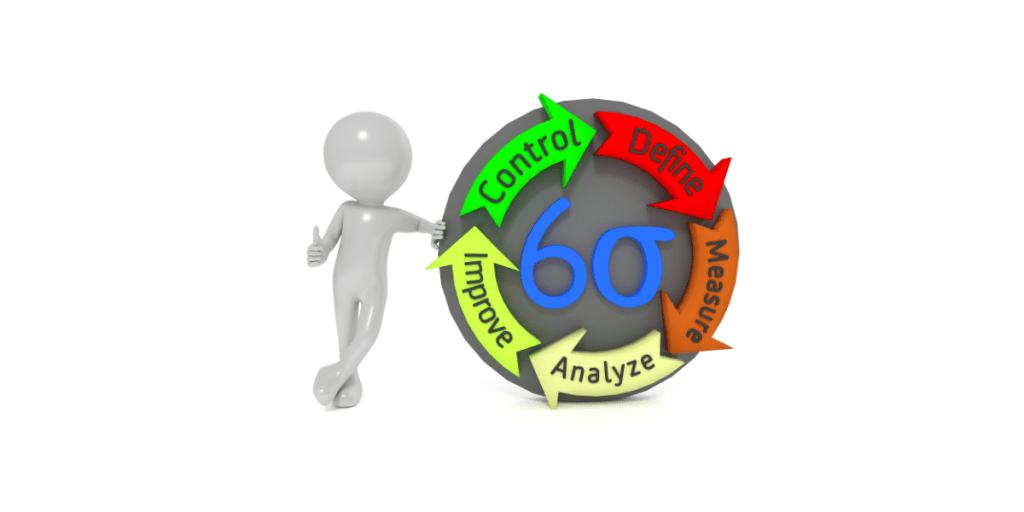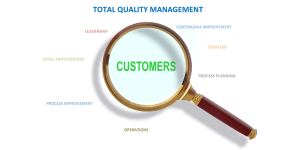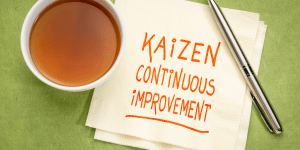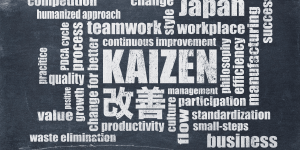Process improvement is a continuous effort for businesses today. One of the most effective approaches to process improvement is Lean Six Sigma, which combines the principles of Lean and Six Sigma methodologies. By reducing waste, minimizing errors, and optimizing processes, Lean Six Sigma can help businesses improve their efficiency and profitability. In this article, we will discuss five common Lean Six Sigma tools and techniques for process improvement that can help businesses achieve their goals.
1. Value Stream Mapping
Value Stream Mapping (VSM) is a tool for identifying and visualizing the steps involved in a process. It helps businesses understand the flow of materials, information, and work through a process, and identify areas of waste and inefficiency. By mapping the value stream, businesses can identify opportunities for improvement and develop strategies for reducing waste and increasing efficiency.
2. Process Flowcharts
Process Flowcharts are visual representations of a process, which illustrate the steps involved and the relationships between them. By using flowcharts, businesses can identify bottlenecks, redundancies, and other inefficiencies in their processes. They can also develop strategies for eliminating waste and streamlining the process.
3. Root Cause Analysis
Root Cause Analysis (RCA) is a technique for identifying the underlying causes of a problem. By understanding the root cause of a problem, businesses can develop effective solutions that address the underlying issues, rather than just treating the symptoms. RCA involves asking “why” questions to identify the source of the problem, and then developing strategies for addressing the root cause.
4. Statistical Process Control
Statistical Process Control (SPC) is a method for monitoring and controlling a process to ensure that it produces consistent, high-quality results. SPC involves collecting data about a process, and then analyzing the data to identify trends and patterns. By using SPC, businesses can identify areas of variation and take corrective action to improve the process.
5. Kaizen Events
Kaizen Events are focused, short-term projects that aim to improve a specific process. They involve a team of stakeholders who work together to identify areas of waste and inefficiency, and then develop and implement solutions. Kaizen Events are an effective way to achieve quick wins and improve processes incrementally over time.
Conclusion
Lean Six Sigma offers a powerful approach to process improvement. By using tools and techniques such as Value Stream Mapping, Process Flowcharts, Root Cause Analysis, Statistical Process Control, and Kaizen Events, businesses can identify areas of waste and inefficiency, and develop effective strategies for improving their processes. By implementing these tools and techniques, businesses can achieve higher levels of efficiency, quality, and profitability.
Related Links:












